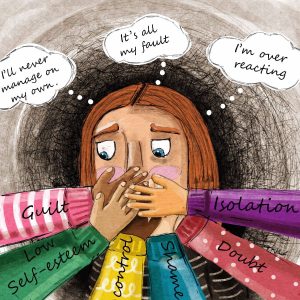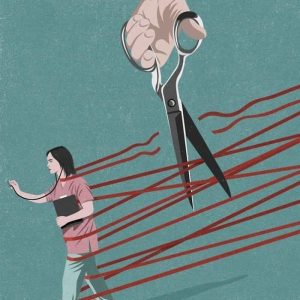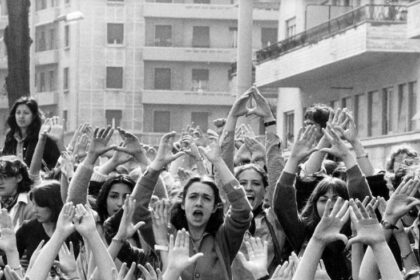A man allegedly killed his 40-year-old wife at their residence due to her adding excessive salt.
A 34-year-old man allegedly killed his wife by stabbing her near their son’s school over suspicions of an affair.
A man beats his wife and later shoots her, resulting in her death over an argument escalating.
A man. A man. A man.
An estimated 5,000 women are killed each year in Pakistan due to domestic violence, whereas thousands are left disabled or maimed. For some reason, whenever a case of domestic violence, abuse, rape, or even murder is being highlighted in the media, there is always a man trying to divert attention from it by saying that “it’s not all men.” We’re very well aware that it isn’t all men, but it is a man, so we hold our breath regardless.
What is Domestic Abuse?

According to Women’s Aid, domestic abuse is characterized as an incident or pattern of incidents of controlling, coercive, threatening, degrading, and violent behavior, including sexual violence, in the majority of cases by a partner, but also by a family member or carer.
The SCIE UK, the care and support statutory guidance, identifies ten types of abuse. These types include physical abuse, domestic violence, sexual abuse, psychological or emotional abuse, financial or material abuse, modern slavery, discriminatory abuse, organizational or institutional abuse, neglect or acts of omission, and self-neglect.
Role of Media

Living in the generation we are today, everyone is connected through numerous sources of media. There have been countless cases circulating online regarding women being abused. Domestic abuse is a violent act against women that is not only a major health problem but also a violation of women’s basic human rights. According to the statistics uploaded by WHO in 2021, 1 in 3 women globally experience violence either by an intimate partner or non-partner. Alongside this, approximately 27% of women in the age range of 15-49 have faced physical or sexual violence by their intimate partner. Globally, approximately 38% of the murders of women are perpetrated by intimate partners. These said partners are the ones they had entrusted to protect them from harm, but they ended up being the ones that the women needed protection from.
How It Affects Children

Domestic abuse not only affects women but also affects children. Children of these empty-shell marriages, where one parent abuses another parent in any given way, are at risk of both short and long-term physical and mental health problems. Every child is affected differently by the type of abuse they encounter. The short-term effects range from separation anxiety, feeling guilty for the abuse that their parent has to bear, blaming themselves for it, to engaging in harmful acts such as drug and alcohol abuse. On the other hand, the long-term effects are more perilous. These include developing severe anxiety, depression, indulging in self-harm, or developing an eating disorder.
The Reason Behind Abuse

When the question arises of why a man practices the heinous act of abuse on their partner, no reason is appropriate nor acceptable. You’re facing family problems? That must be hard to deal with; keep your hands tied. However, when the question is presented to the abuser, the answers are absolutely diabolical. According to official statistics published by PubMed, the most common answer behind perpetrating physical intimate partner violence is because “their partner provoked or pushed them over the edge,” “because of stress,” “to prevent your partner from doing something or to get them to agree with you,” or “to prove their love for their partner or because the abuser was afraid their partner was going to leave them.”
Long-Lasting Effects of Abuse

Moving on to the effects and risks that affect women, they face a number of emotional, mental, and physical complications that slow down their process of healing. The whole process is overwhelming, and those who are there to help in the process need to be aware that healing takes time. The effects of the trauma can vary from survivor to survivor. This depends on the survivor’s responses to stress, age, and the frequency and severity of abuse. Some common emotional factors include questioning spiritual faith, feeling unmotivated, and feeling discouraged about the future. Following this, common mental effects are drug or alcohol abuse, PTSD, or even suicidal thoughts. Lastly, common physical effects of domestic abuse are chronic fatigue, shortness of breath, involuntary shaking, sexual dysfunction, and menstrual cycle or fertility issues.
Help is Available

For the victims, be reminded that help is available. Rozan Counseling Helpline is a telephone-based service that is active from Monday to Friday, 9:00 AM to 5:00 PM. They communicate in both English and Urdu. Pick up the phone today and end your life of suffering. No woman deserves to be treated in such a way that she starts to question her self-worth. You are worthy. You are capable, and you can be so much more than your abuser’s way of releasing his frustrations.
















